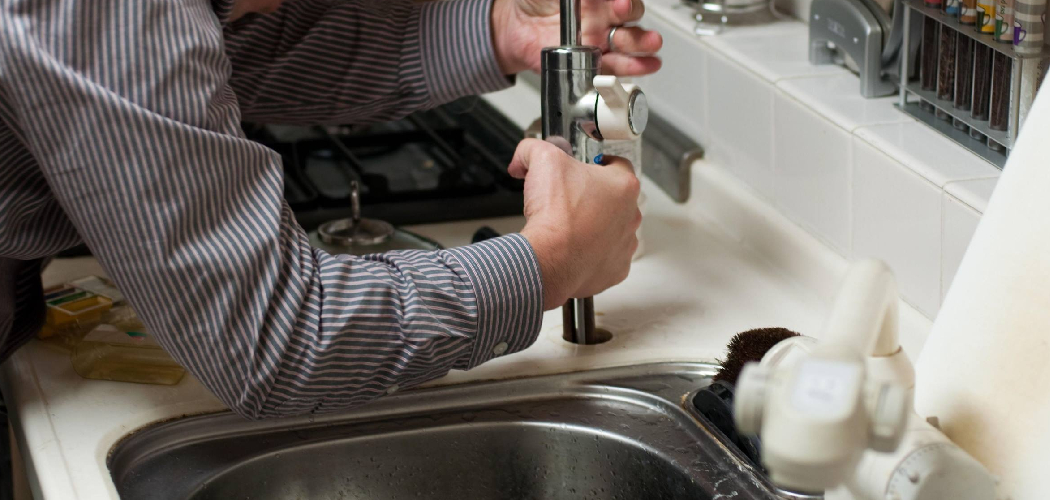Clearing toilet pipes can be a daunting task for many homeowners, but it is an essential skill to have. A clogged toilet can disrupt daily routines and cause inconvenience, often leading to frustration. Understanding the common causes of clogs and having the right techniques and tools at your disposal can empower you to tackle these issues effectively.
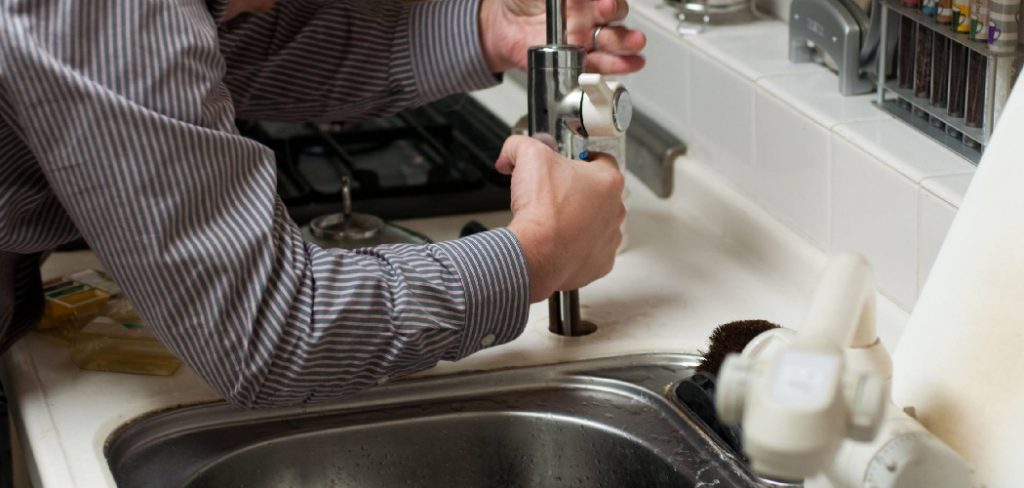
In this guide on how to clear toilet pipes, we will explore various methods to clear toilet pipes, ensuring your bathroom remains functional and free from blockages.
Why Do Toilet Pipes Get Clogged?
There are several reasons why toilet pipes get clogged, and understanding these causes can help prevent future blockages. Some common culprits include:
Flushing of Inappropriate Items:
One of the primary causes of clogs is flushing down items that should not go down the toilet. These include paper towels, feminine hygiene products, diapers, and even wet wipes labeled as “flushable. ” These items do not easily break down in water and can accumulate in the pipes, leading to clogs.
Excessive Toilet Paper:
Using too much toilet paper or thick brands can also lead to clogging. The excess paper does not dissolve quickly, causing it to build up in the pipes and result in blockages.
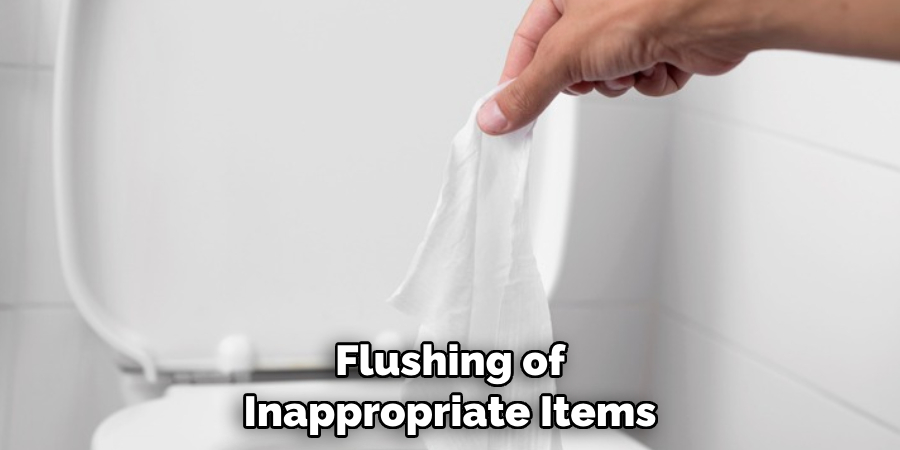
Hard Water Mineral Deposits:
If you live in an area with hard water, mineral deposits can accumulate on the inside of your toilet pipes over time, narrowing the space for waste to flow through. This buildup can also cause clogs.
Necessary Preparations Before Clearing Toilet Pipes
Before attempting to clear a clogged toilet, there are a few preparations you should make to ensure the process goes smoothly:
Gather Tools:
You will need some essential tools: a plunger, a toilet auger (also known as a closet auger), and rubber gloves. A wet/dry vacuum can also be helpful for removing excess water from the bowl.
Protect Your Flooring:
Clearing toilet pipes can get messy, so it is advisable to protect your bathroom flooring with towels or plastic sheets.
Turn Off the Water Supply:
Before beginning any work on your toilet, turn off the water supply to prevent any accidental flushing while attempting to clear the clog.
8 Step-by-step Guidelines on How to Clear Toilet Pipes
Step 1: Plunge the Toilet
The first step in clearing a clogged toilet is to use a plunger effectively. Begin by ensuring there is enough water in the toilet bowl to cover the plunger’s rubber head. If the bowl is too full, use a cup to remove some water to avoid overflow. With the plunger positioned over the drain, create a tight seal and push down firmly before pulling up, repeating this motion vigorously.
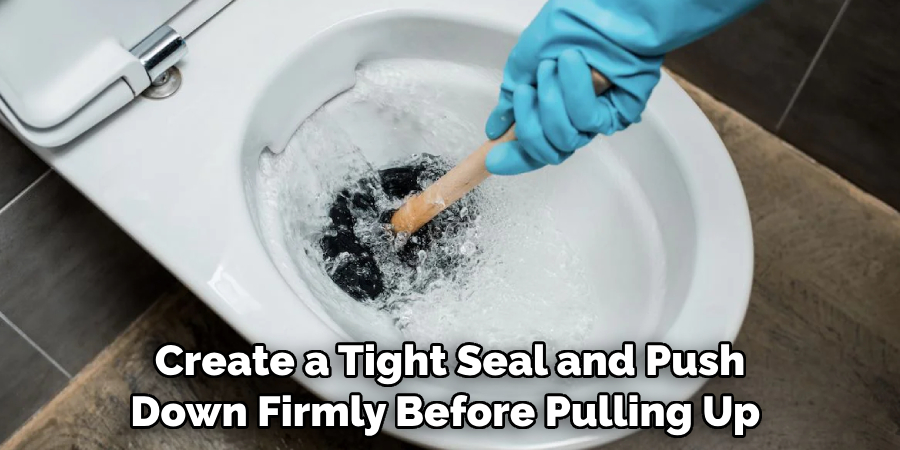
The force should help dislodge the blockage. Continue plunging for about 20-30 seconds, then check if the water drains. If the clog persists, you may need to try another method.
Step 2: Use a Toilet Auger
If plunging the toilet does not resolve the clog, the next step is to employ a toilet auger. This tool is specifically designed to navigate the curves of toilet pipes and effectively break up or retrieve blockages. Begin by inserting the auger’s flexible coil into the toilet bowl, ensuring it reaches the blockage. Gradually push the handle to extend the auger into the pipes while gently twisting it to engage the clog. If you encounter resistance, continue to apply gentle pressure while twisting to break apart the obstruction.
Once you feel the blockage give way, retract the auger slowly, bringing back any dislodged material with it. After completing this step, flush the toilet to check if the blockage has cleared. If the toilet drains properly, your task is complete; if not, proceed to the next method.
Step 3: Create a Homemade Drain Cleaner
If the clog persists, you can create a natural drain cleaner using baking soda and vinegar. This mixture creates a chemical reaction that can break up minor blockages in toilet pipes. Begin by pouring one cup of baking soda into the toilet bowl, followed by two cups of hot water.
Allow this to sit for about 10 minutes before adding one cup of vinegar. The combination will fizz and bubble; let it sit for an additional 30 minutes. Finally, flush the toilet to check if the clog has cleared.
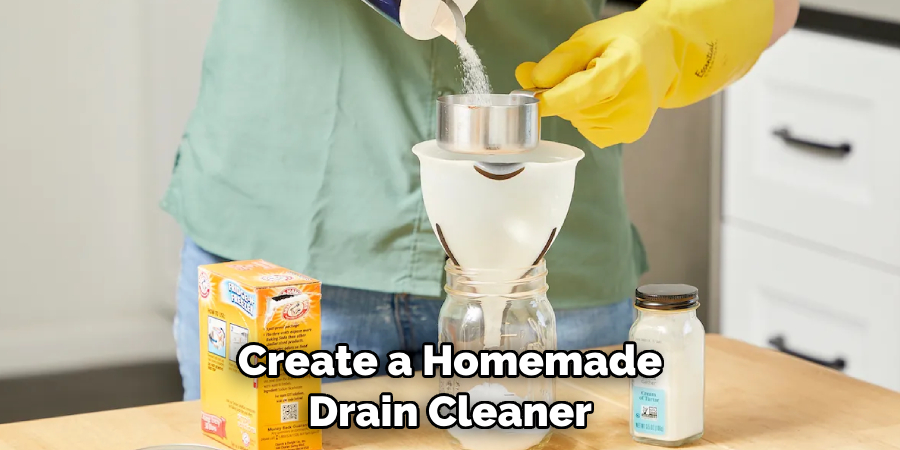
Step 4: Use Boiling Water
If the clog remains after using a homemade drain cleaner, boiling water can be an effective next step. Start by boiling a kettle or pot of water and carefully pour it into the toilet bowl from waist height. This technique allows the water to build up momentum, helping to break down any remaining blockage.
Be sure to pour slowly and in stages, allowing the hot water to work its way through the pipes. After pouring, let it sit for a few minutes before flushing the toilet to see if the clog has dissipated. This method is particularly useful for dissolving soap scum or grease that may be contributing to the blockage.
Step 5: Use a Plumbing Snake
If the clog persists after using boiling water, you may need to use a plumbing snake or hand auger. This tool is more robust than a toilet auger and can effectively break up tougher blockages.
Begin by inserting the plumbing snake into the drain and turning it clockwise while pushing it further down the pipes. The rotating motion should help dislodge any obstruction, allowing it to be pulled back up through the drain.
Step 6: Clear Mineral Deposits with Vinegar
If you suspect that mineral deposits are causing a blockage in your toilet pipes, vinegar can be an effective solution. Begin by pouring about two cups of distilled white vinegar into the toilet bowl. Allow it to sit for at least 30 minutes to an hour, giving the vinegar time to break down any mineral buildup. The acidity of the vinegar helps dissolve limescale and hard water deposits.
After the soaking period, use a toilet brush to scrub the sides of the bowl to dislodge any remaining residues. Finally, flush the toilet to wash away the loosened deposits and to check if the flow has improved. If necessary, you can repeat this process for stubborn buildups.
Step 7: Use a Wet/Dry Vacuum
A wet/dry vacuum can also be used to clear clogs in toilet pipes. Begin by setting the vacuum to liquid mode and removing any excess water from the bowl. Then, use the vacuum’s hose attachment to suck out any remaining debris or blockages from the drain. This method is particularly useful for removing foreign objects that may be causing the clog.
You may need to place a cloth or towel over the hose end to create a seal and increase suction power. After using this method, check if the water drains properly; if not, move on to the final step.
Step 8: Call a Professional Plumber
If all else fails, it is time to call in a professional plumber. They have the expertise and necessary tools to handle even the most stubborn clogs safely and effectively. Additionally, they can also inspect your toilet pipes for any underlying issues that may be causing frequent clogs.
Following these step-by-step guidelines on how to clear toilet pipes should help you clear most clogs in your toilet pipes. However, it is always recommended to take preventative measures, such as avoiding flushing non-flushable items and regularly cleaning the toilet bowl and pipes, to avoid future clogs. To avoid future clogging issues.

Frequently Asked Questions
Q: How Do I Know if My Toilet is Clogged?
A: Signs of a clogged toilet include water rising to the rim, slow drainage or no drainage at all, and unusual gurgling noises. It is essential to address a clogged toilet as soon as possible to avoid potential overflowing or damage to the pipes.
Q: What Should I Do if My Toilet Clogs Frequently?
A: Frequent clogging can be a sign of an underlying issue, such as tree roots obstructing the pipes or a damaged septic tank. In these cases, it is best to consult a professional plumber for a thorough inspection and solution.
Q: Can I Use Chemical Drain Cleaners in My Toilet?
A: It is not recommended to use chemical drain cleaners in toilets as they can cause damage to the pipes and potentially harm the environment. Natural alternatives, like baking soda and vinegar, are more effective and safer to use.
Conclusion
Regular maintenance of your toilet pipes can help prevent clogs and keep your bathroom functioning properly. However, in case of an unexpected blockage, these simple steps can help you resolve the issue quickly and efficiently. Remember that if the clog persists or seems to be recurring, it is best to call a professional plumber for assistance. They have the necessary tools and expertise to handle any plumbing issue safely.
By following these methods on how to clear toilet pipes and taking preventative measures, you can keep your toilet pipes clear and functional, ensuring a hassle-free bathroom experience. So be prepared with these steps in case of any future toilet pipe blockages!
Stay proactive, save time and money, and maintain a happy home by keeping your toilet pipes clean and well-maintained! Happy unclogging!

